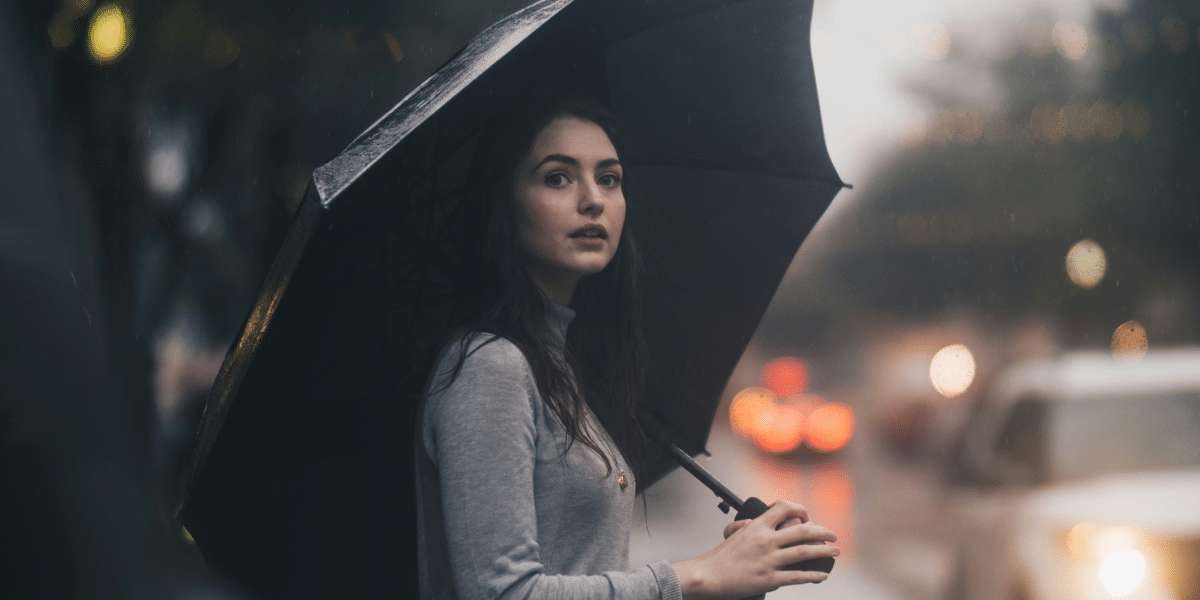The Interplay of Fashion and Literature
In literature, fashion has become a compelling narrative element, weaving vivid visual landscapes through text. This article examines the intricate relationship between fashion and storytelling, revealing how clothing descriptions offer insights into characters, eras, and cultural contexts.
Fashion as a Storytelling Device
Clothing in literature does more than depict style; it serves as a narrative tool. Authors use fashion to portray character identities, reflect societal norms, and even drive plot points. Each outfit becomes part of the character’s narrative, adding depth and enhancing the reader’s understanding of their world.
Creating Atmosphere and Time Period
Fashion can transport readers to specific time periods. By detailing styles from various eras—like 1920s flapper dresses or 1970s bell-bottoms—authors recreate historical settings, offering readers an immersive experience that anchors the story in its unique context.
Challenging Stereotypes Through Fashion Choices
Authors also use fashion to defy stereotypes, with clothing choices that challenge societal expectations about gender, class, or culture. This nuanced approach encourages readers to question stereotypes, enriching the narrative.
Fashion Trends as Story Elements
Fashion trends themselves can be plot devices, symbolizing shifts in society. From the iconic black dress to 1990s grunge, trends can reflect cultural changes, aligning characters with the evolving world around them.
The Global Influence of Fashion in Literature
In today’s interconnected world, authors draw from global fashion influences, reflecting cultural diversity in their narratives. This blend of styles enhances the richness of character wardrobes, resonating with readers from varied backgrounds.
Diversity Through Clothing Descriptions
Clothing descriptions also celebrate diversity, representing different cultural traditions. By highlighting this variety, authors foster inclusivity and a broader understanding of global traditions, aligning with storytelling values that prioritize openness and transparency.
Fashion’s role in literature goes beyond appearances; it enriches character depth, evokes eras, and challenges norms. As the fusion of global influences and fashion trends continues, literature’s exploration of fashion promises new insights into identity and culture. The journey of fashion in storytelling is ever-evolving, reflecting the beauty and complexity of human expression.








